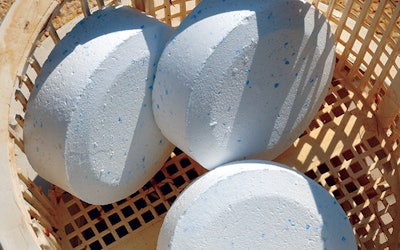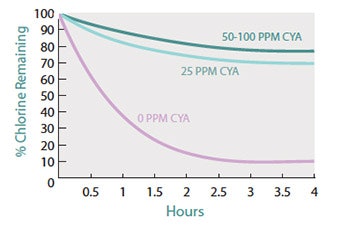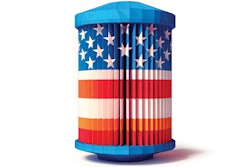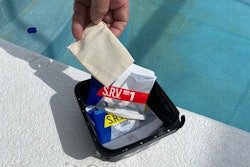
 Figure 1. Impact of sunlight on chlorine residual
Figure 1. Impact of sunlight on chlorine residual
Commonly known as "stabilizer" or "conditioner," cyanuric acid is a chemical used to help prevent the degradation of active chlorine by sunlight.
Without CYA in the water, bright sunlight can cause decomposition of most of the chlorine in pool water within an hour. As shown in the graph on this page, the addition of CYA to the water greatly slows this reduction of chlorine.
This is a tremendous benefit, as without CYA, it would be very difficult to maintain sufficient chlorine levels in outdoor pools. The downside of CYA use is that while it slows chlorine's degradation, it also slows chlorine's oxidation of organics and chlorine's kill rates of bacteria, viruses and algae. This has been demonstrated in laboratory studies; however, disease outbreaks linked to CYA levels in properly sanitized pools have not been reported. A second disadvantage is that CYA contributes to total alkalinity.
Application of Cyanuric Acid
Application methods will depend upon the form of CYA being used. CYA is available in both granular and liquid slurry forms. Since the granular form is slow to dissolve, if it is fed into the skimmer, care must be taken to feed the product slowly to avoid blocking the lines. Most granular CYA products are approximately 100 percent active. The following table summarizes the CYA contributions from dichloro-striazinetrione (dichlor) and trichloro-s-triazinetrione (trichlor).
Dosage and application require-ments will be explained on each product label. When used, the ideal range for cyanuric acid is 30 to 50 ppm. The concentration should not exceed 100 ppm. Cyanuric acid is not recommended for indoor pools or spas where protection from sunlight is not necessary.
Test kits and strips are available for testing the CYA concentration to ensure that it is within the proper range. If the CYA concentration needs to be reduced, the following approaches may be used:
- Partially drain and refill the pool
- Increase backwash times or frequency
- Follow appropriate water replacement intervals
Precautions
In order to safely use and handle cyanuric acid products, all individuals involved in their manufacture, distribution, sale or use should be trained and knowledgeable about their properties. Safety information is available on the product label, product material safety data sheet and manufacturer's training materials. This safety information will include disposal instructions and spill response information.
For safety and handling information for stabilized chlorine compounds, refer to manufacturer's labels and appropriate information bulletins. Cyanuric acid is stable when stored in a cool, dry, ventilated area and not contaminated by other chemicals such as bases or chlorinated pool chemicals. Cyanuric acid, dichlor and trichlor in the solid form or in concentrated solutions, shall not be mixed with other pool chemicals including other chlorinating agents. Partially empty packages must not be consolidated, as this could result in dangerous mixing with incompatible dry chlorinating agents having a similar appearance.







































